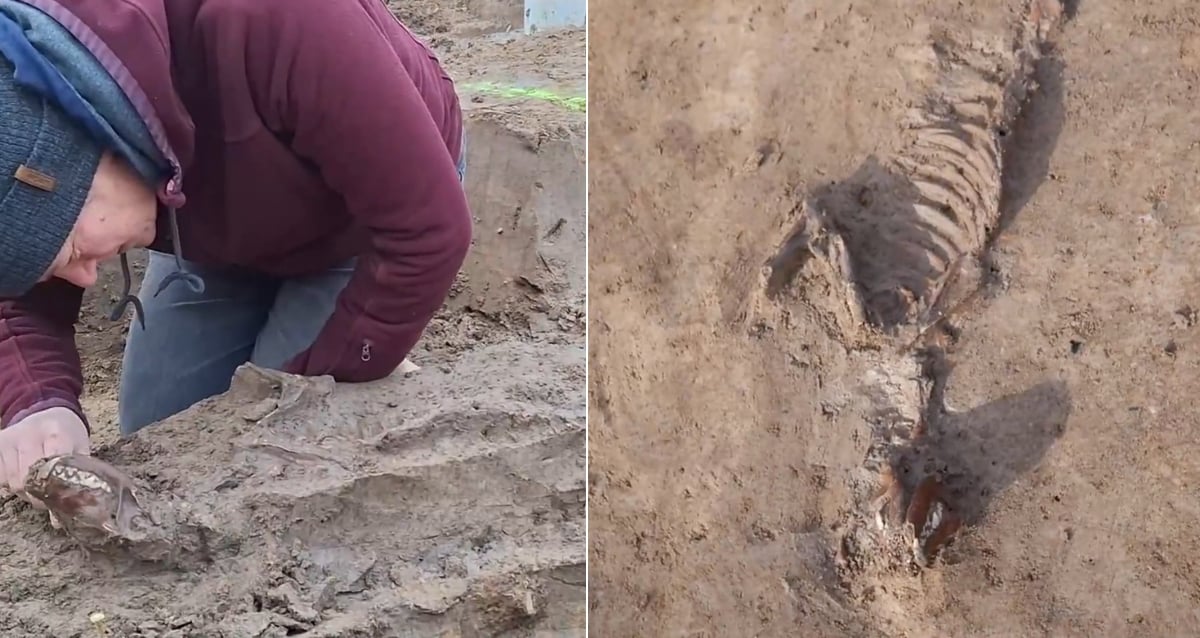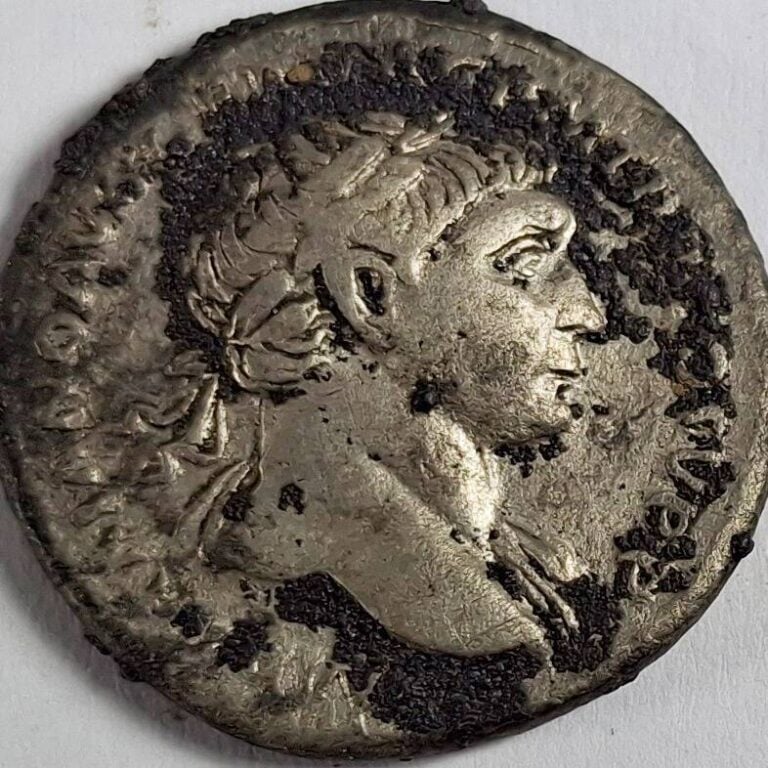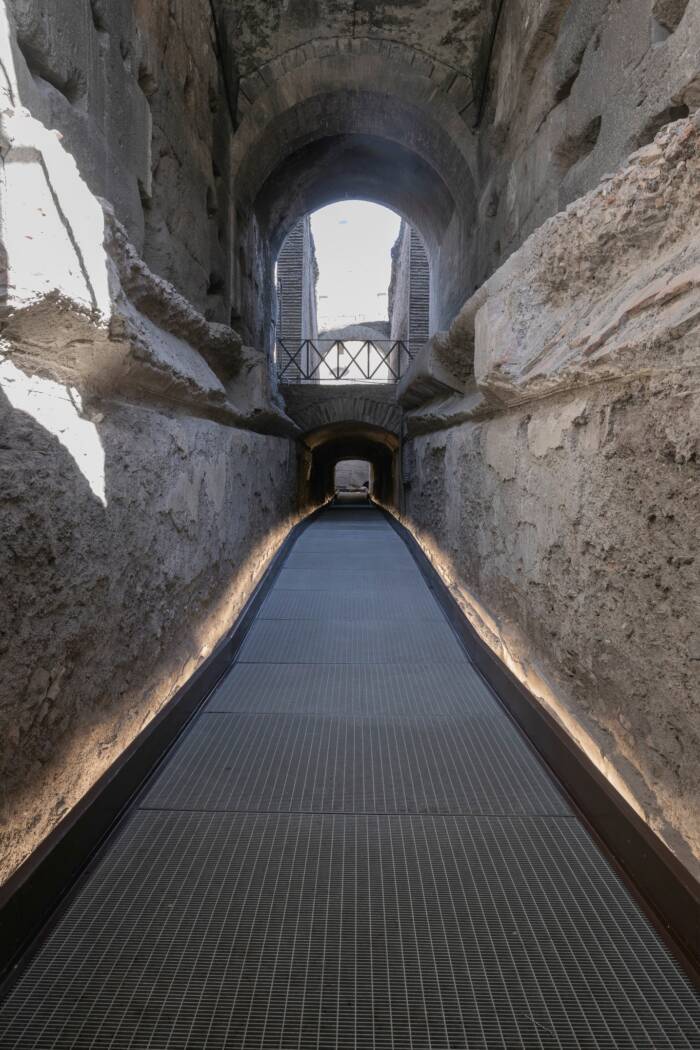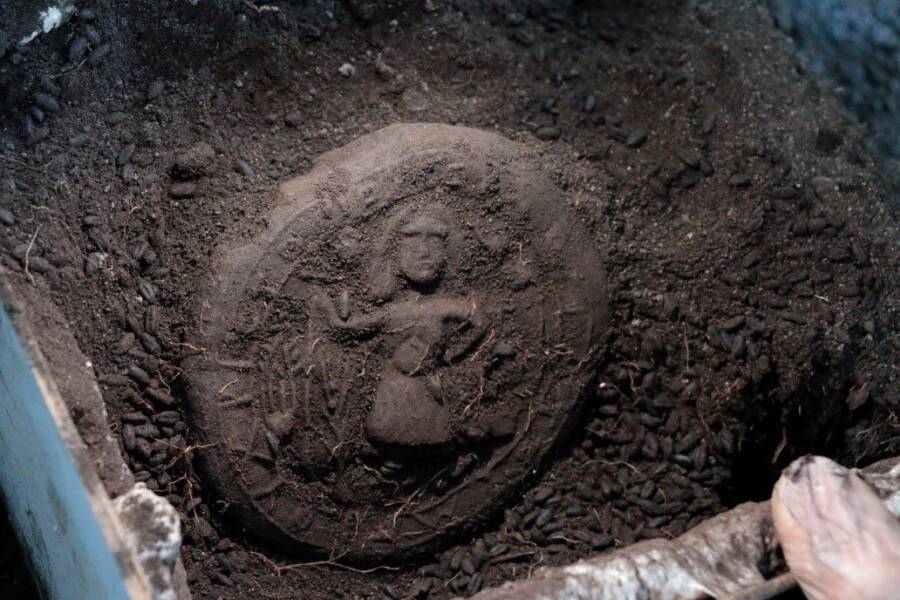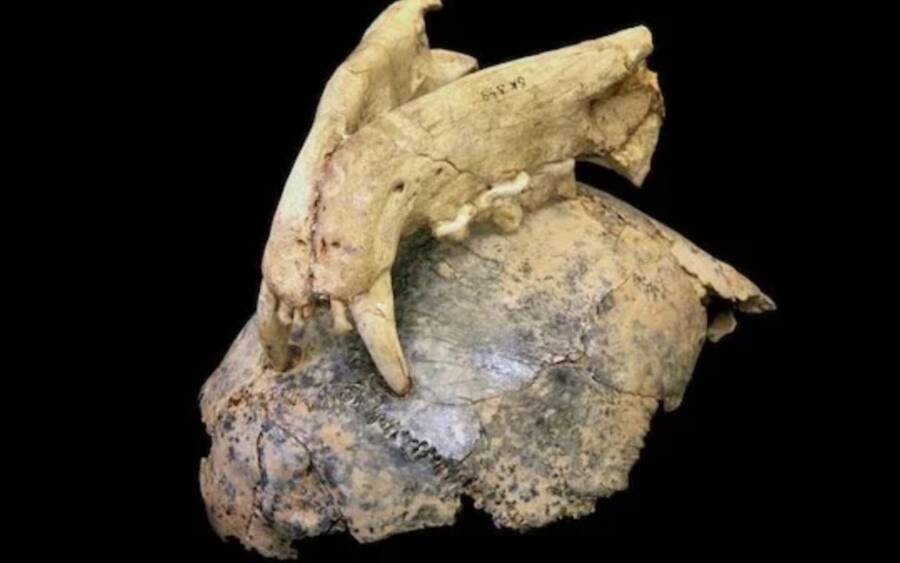“Unearthed After Centuries: The Stunning Discovery of a Roman Dog That Could Rewrite History!”
There is, in fact, a museum dedicated entirely to showcasing ancient Roman artifacts from the city. Furthermore, the city has put on reenactments of the “Caesarfeesten” (Caesar Festival) every 25 years since 1873.
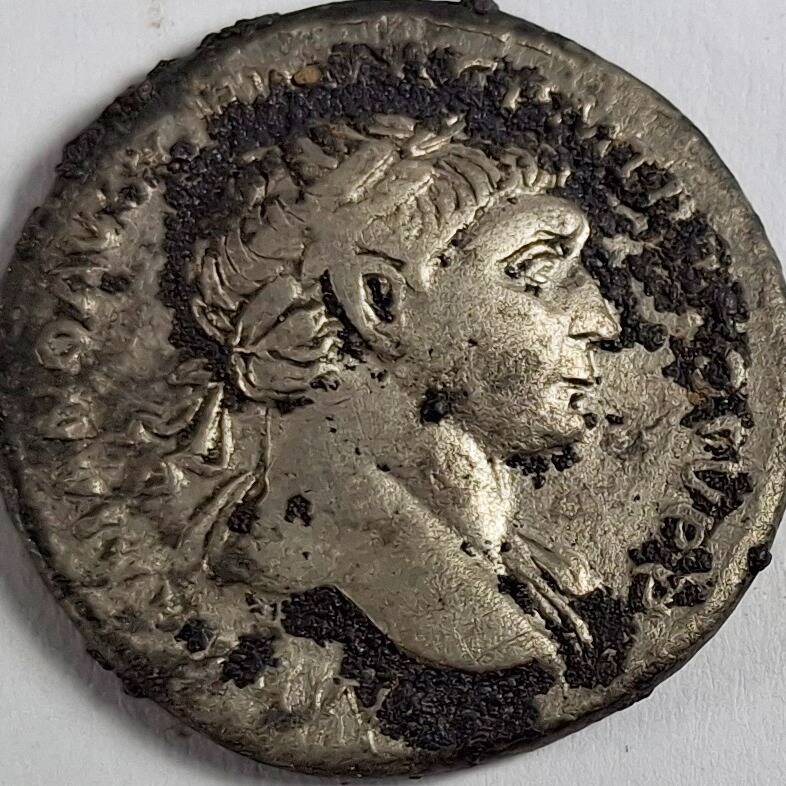
SOLVA Dienst ArcheologieA Roman coin also discovered during the excavations.
“There have been excavations for decades, but now we have conducted a new excavation on the southern edge of the settlement,” Verbrugge said. “We found remains of artisanal activities, such as a well and latrines. We also discovered an area that was probably used for ritual or religious practices.”
As for the dog, it is to be cleaned and sent off for expert examination, though Verbrugge cautioned that anyone hoping to know the dog’s breed might be disappointed. “Breeds in the modern sense didn’t exist in Roman times,” she said. “That only came about in the 18th or 19th century.”
So, while the dog may not be recognizable as one of today’s breeds, the discovery still showcases just how important man’s best friend was in ancient Roman society. Just as they are today, dogs were seen as protectors, and the presence of these remains at a potential ritual site only serves as further evidence of this longstanding way of thinking.
After reading about the discovery of this ancient dog’s remains, read the remarkable stories of some of history’s most famous dogs. Then, check out our gallery of mind-blowing ancient Rome facts.
